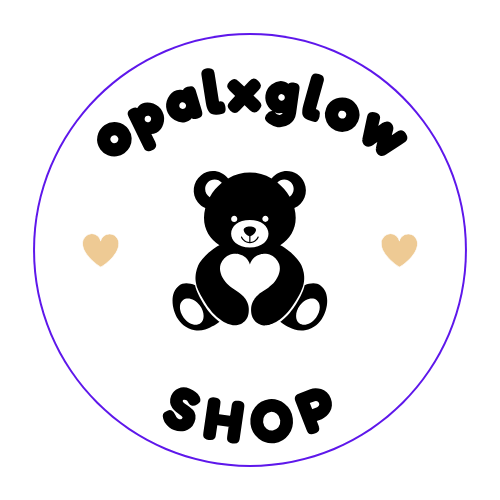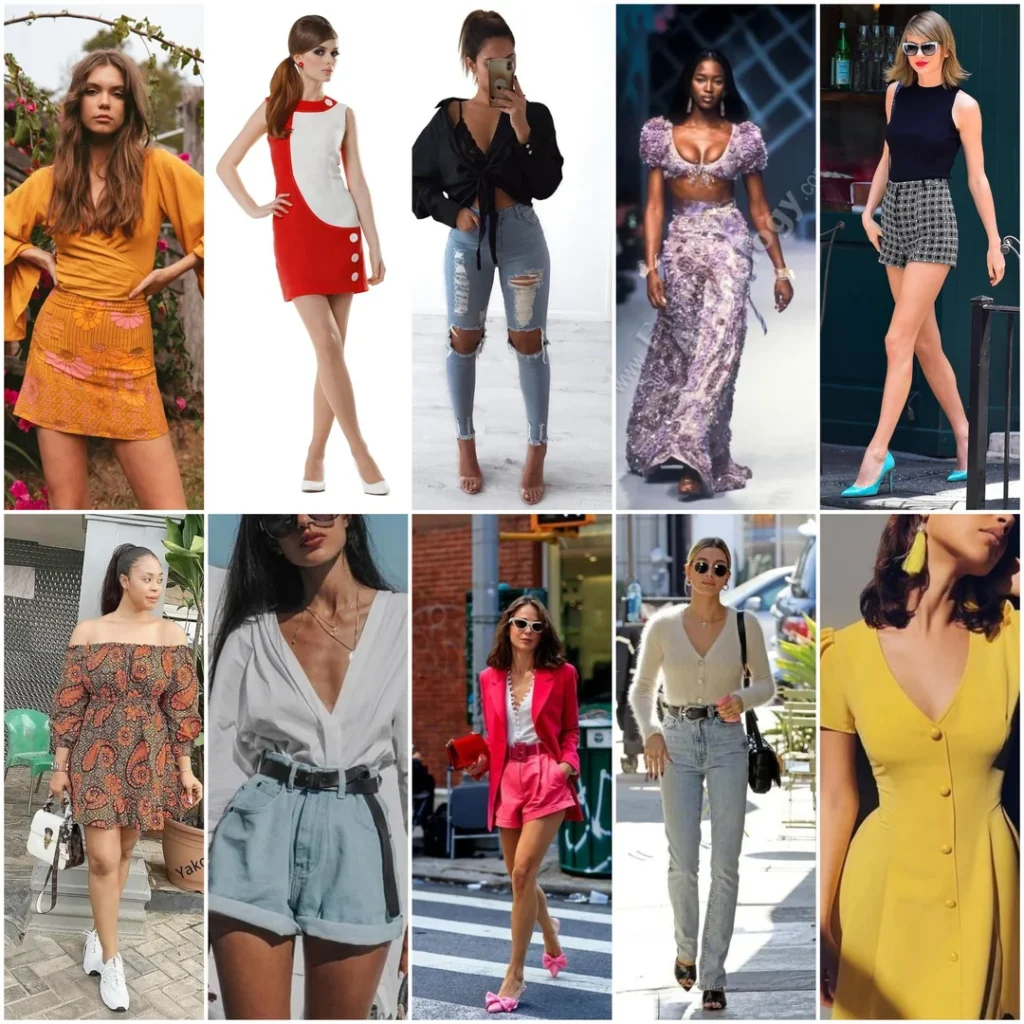Uncategorized
How to Style Kids Clothes for Different Body Types
Dressing kids can be a fun and creative experience, but it’s important to remember that every child has a unique body type. Just like adults, kids come in various shapes and sizes, and finding clothes that fit comfortably and flatter their individual body type is key to ensuring they feel confident and happy. Whether your child is tall, short, lean, or more full-figured, knowing how to choose and style kids’ clothes for their body type can make a big difference in their overall look. Here’s a guide to help you style kids’ clothes for different body types, making sure they not only look good but feel great too.
Understanding Kids’ Body Types
Before diving into styling tips, it’s helpful to understand the basic body types of children. While every child is unique, they generally fall into one of the following categories:
- Apple-Shaped: Children with this body type tend to have broader shoulders, a rounder stomach, and narrower hips. Their overall shape is more top-heavy.
- Pear-Shaped: Pear-shaped children typically have smaller shoulders, a defined waist, and fuller hips or thighs. Their weight tends to accumulate more in the lower body.
- Rectangle-Shaped: This body type is characterized by a straight or athletic figure, where the waist, hips, and shoulders are roughly the same width.
- Hourglass-Shaped: Hourglass figures are balanced, with a defined waist and equally proportioned shoulders and hips. While this shape is less common in younger kids, some children may show signs of it as they grow.
- Slim and Lean: Children who are slim and lean may have long limbs with little body fat and often fit into most clothing styles easily.

Styling Tips for Apple-Shaped Kids
For apple-shaped children, the goal is to balance the upper body and create a more defined waist. Here are some tips to help:
- Opt for A-Line Tops: A-line shirts and dresses can create a flattering silhouette by drawing attention to the upper body while allowing for room around the midsection. Avoid overly tight tops, as they may accentuate the tummy.
- Layer with Jackets or Cardigans: A well-placed jacket or cardigan can help create a more defined waistline and add structure to the overall look. Look for cropped or waist-length styles that hit just below the ribs.
- Go for High-Waisted Pants or Skirts: High-waisted bottoms can elongate the legs and draw attention to the waistline, creating a more balanced proportion between the upper and lower body.
- V-Necklines: Tops with a V-neck can create the illusion of a longer torso and help balance out a fuller upper body.

Styling Tips for Pear-Shaped Kids
For pear-shaped children, the goal is to draw attention to the upper body and create balance between the top and bottom. Here’s how to style for this body type:
- Embrace Bright, Bold Tops: Draw attention to the upper body with colorful, patterned, or textured tops. This could be a graphic tee, a ruffled blouse, or a brightly colored shirt that contrasts with darker bottoms.
- Avoid Too-Tight Bottoms: Tight pants or skirts may emphasize the hips, so opt for more relaxed styles like straight-leg pants or flared skirts. These cuts can help balance out wider hips and make the overall silhouette more proportionate.
- Peplum Styles: Peplum tops, which flare out at the waist, can help create the illusion of a more defined waist while balancing the proportions between the top and bottom.
- Cap Sleeves or Puff Sleeves: Tops with cap or puff sleeves can help add volume to the shoulders and make the upper body appear more in proportion with the hips.
Styling Tips for Rectangle-Shaped Kids
Rectangle-shaped children have a more athletic or straight build. The key here is to add curves and definition to the body without overwhelming the frame. Here’s how to style for this body type:
- Add Layers: Layering can add structure and dimension to the body. Consider adding a vest, jacket, or cardigan over a shirt to create more shape and depth.
- Belted Styles: Dresses, tunics, or tops with belts around the waist can create a more defined shape, giving the body a more hourglass appearance. This is especially useful for dresses that might otherwise hang straight down.
- Fitted Clothing: Opt for clothing that fits well but isn’t too tight. Clothes that are too loose or baggy can make the body look boxier. A simple fitted shirt paired with well-tailored pants can create a stylish, proportionate look.
- Play with Patterns and Textures: Adding patterns or textures to the clothing, especially around the bust or hips, can create the illusion of curves. Stripes, ruffles, and pleats can add dimension and visual interest.
Styling Tips for Hourglass-Shaped Kids
Though this body type is more common in teens than younger children, some kids may begin to develop an hourglass figure. To maintain balance and allow the waist to shine, consider these styling tips:
- Embrace the Waist: For kids with an hourglass shape, it’s important to emphasize the waist without overdoing it. Belted dresses or tops that cinch at the waist are great choices for this body type.
- Tailored Clothing: Well-tailored pants and dresses that fit snugly but not too tight will flatter the figure and maintain a youthful, stylish appearance.
- Structured Jackets: A structured jacket or blazer can add polish while maintaining a balanced silhouette. This works especially well for both casual and dressy occasions.
- Avoid Excessive Volume: Avoid overly voluminous clothing, which can hide the waist and make the body appear bulkier. Instead, focus on clothing that highlights the natural curves.
Styling Tips for Slim and Lean Kids
For kids who are slim and lean, the key is to add layers and dimension while maintaining a sense of ease and comfort. Here’s how to style for this body type:
- Layer Up: Layering is a great way to add depth to a leaner body. Consider adding a hoodie over a t-shirt or a cardigan over a blouse. Layering can also be a fun way to mix textures and patterns.
- Bold Patterns: Since slim and lean kids can typically wear most clothing styles, bold patterns, graphics, and prints are a great choice to add personality to their outfits. Consider striped shirts or patterned pants for a more playful look.
- Fitted, Not Tight: While it’s tempting to go for oversized clothes, fitted pieces that aren’t too tight can add structure to a slim frame without making the child feel uncomfortable.
- Ruffles and Textures: Clothing with ruffles, pleats, or other textures can create the illusion of more volume and dimension, adding more shape to a lean body.
Conclusion: Dressing Kids for Confidence and Comfort
Dressing kids according to their body types doesn’t have to be complicated. The goal is to make them feel comfortable, confident, and stylish. By focusing on creating balance, using color and texture to draw attention to the right areas, and choosing clothes that fit well, you can enhance their natural shape while ensuring they feel great in their outfits. Regardless of body type, every child can look and feel their best with the right clothing choices that reflect their personality and style.

